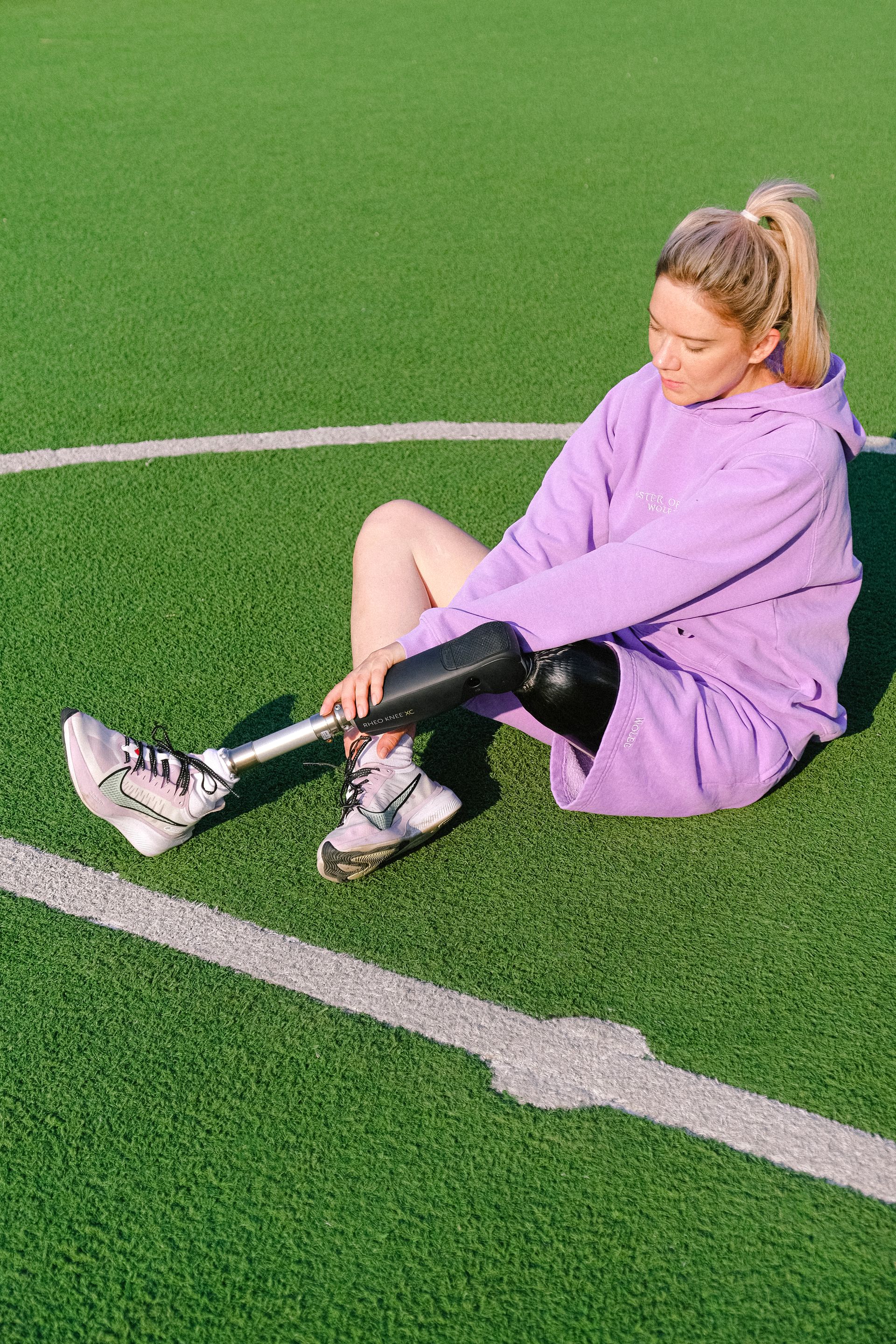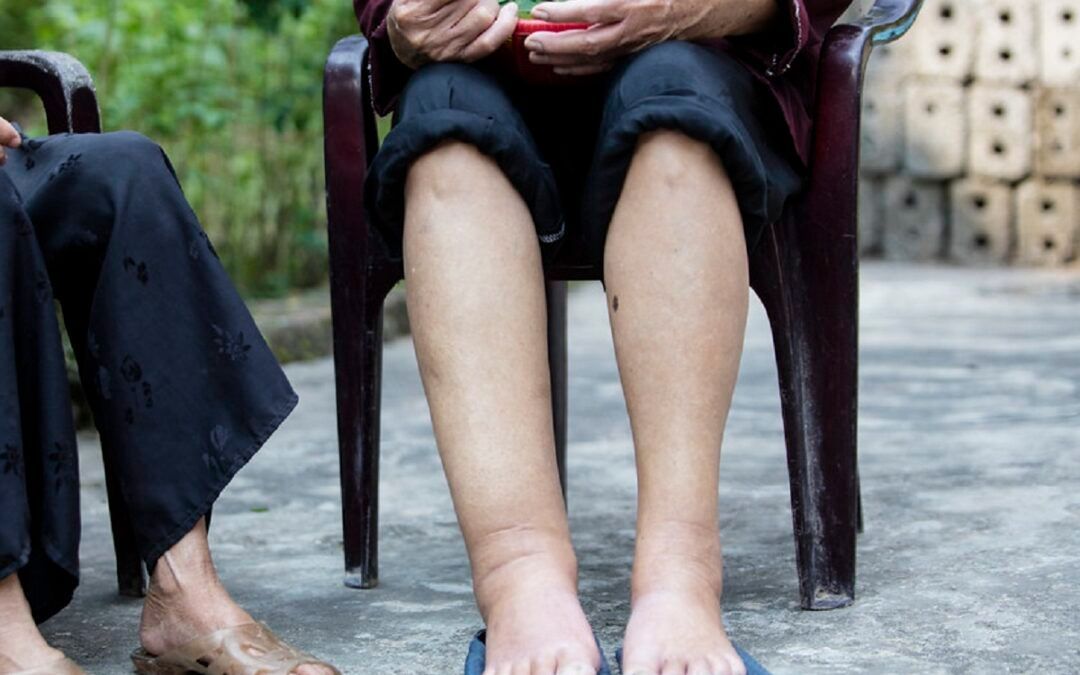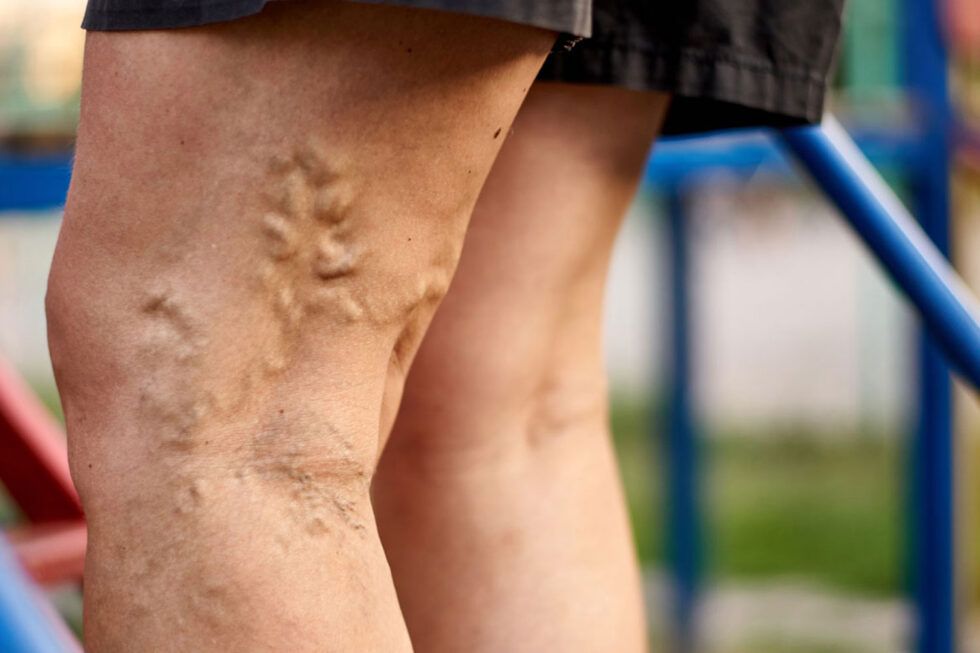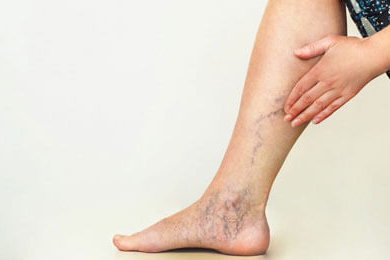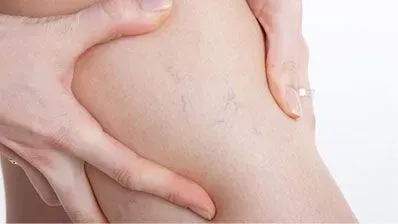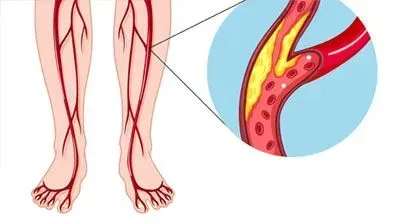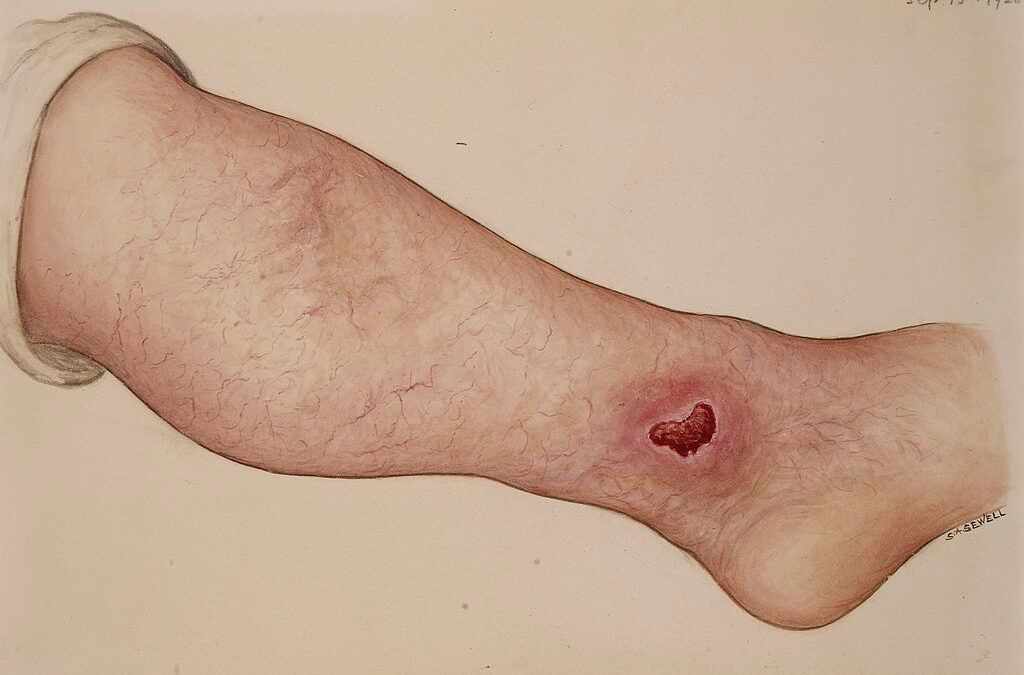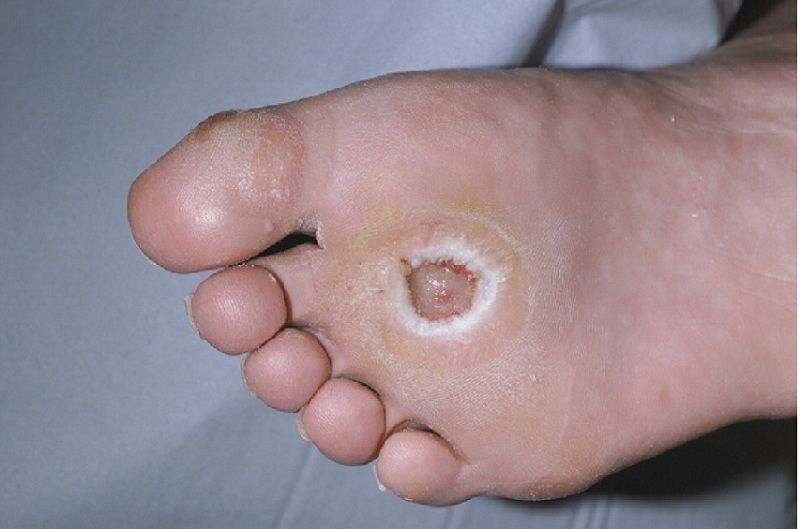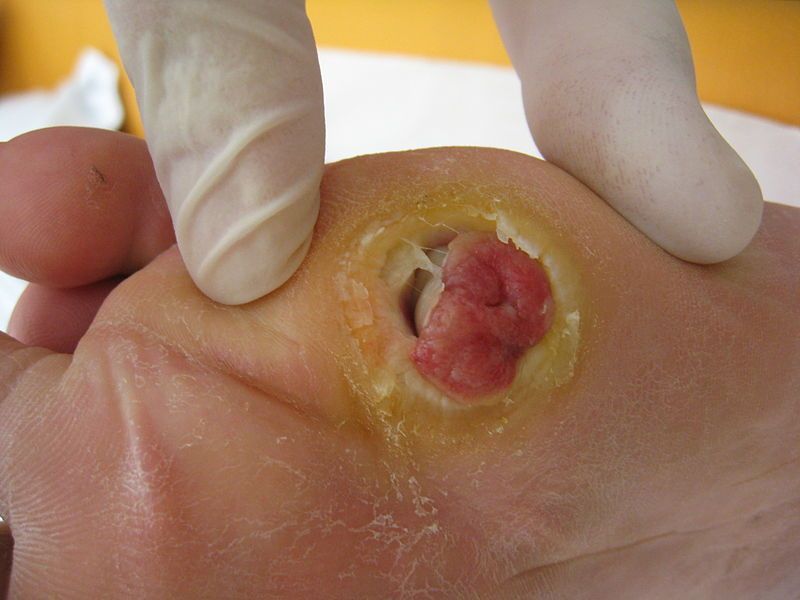Managing Leg Ulcers: Lifestyle Tips for Long-Term Relief
Leg ulcers can affect daily life by causing discomfort, limiting mobility, and affecting overall well-being. These ulcers often result from poor circulation or vein disease, leading to nonhealing wounds if not properly managed. Regular care and attention help reduce the risk of complications, such as infection or further skin damage.
Long-term management should focus on lifestyle changes and professional guidance. Consulting a vein disease doctor can be crucial in managing nonhealing leg ulcers. A doctor may recommend treatments to improve circulation, suggest supportive care, or explore other nonhealing leg ulcer treatment options that may work for your condition.
Incorporating healthier habits into your routine can support leg ulcer management. Whether through diet changes, regular movement, or proper skincare, these adjustments should be part of a comprehensive plan for long-term relief. Let's dive deeper into each one of these tips!
1. Prioritize Regular Exercise
Promoting healthy blood circulation can be essential in helping to prevent leg ulcers. When circulation is poor, the risk of
non healing leg ulcers
may increase. Engaging in low-impact exercises like walking, swimming, or cycling should support blood flow without placing unnecessary strain on your legs. These activities help improve circulation and overall leg health, contributing to the prevention of ulcers.
In some cases, a vein disease doctor may recommend compression stockings to complement physical activity. These stockings are designed to improve circulation by applying gentle pressure to the legs. Wearing them during daily routines or exercise may assist in managing circulation and reduce the risk of leg ulcers forming or worsening.
Combining regular exercise with compression therapy can be an important step in a broader treatment plan for nonhealing leg ulcers, potentially aiding in long-term leg health.
2. Adopt a Healthy Diet
Certain foods rich in vitamins, particularly Vitamin C and Zinc, may support the healing of leg ulcers. Vitamin C can help tissue repair, while Zinc may promote skin healing. Including these nutrients in your diet should benefit individuals dealing with nonhealing leg ulcers. Fruits, vegetables, and lean proteins are good sources to consider.
Maintaining a healthy weight can also be important in managing leg ulcers. Excess weight can place additional pressure on the legs, potentially worsening ulcers. Maintaining a balanced weight may help individuals reduce strain and improve their outcomes.
Staying hydrated is equally important, as proper hydration may support circulation and healing. Dehydration can impair blood flow, making it harder for the body to heal ulcers. A vein disease doctor may emphasize these dietary factors as part of a comprehensive nonhealing leg ulcer treatment plan.
3. Proper Skin Care Routine
Moisturizing the skin regularly may help prevent dryness and cracking around leg ulcers, reducing the risk of further complications. Dry skin is more vulnerable to irritation and damage, potentially worsening nonhealing leg ulcers. A high-quality moisturizer should help keep the skin around ulcers soft and protected.
In addition to moisturizing, gentle cleansers and medicated creams can support skin health. A vein disease doctor may recommend specific products to clean the area without irritating it. These products aid in maintaining a clean environment, which is essential for healing.
Avoiding irritants such as harsh soaps, perfumes, or tight clothing may protect sensitive skin from further damage. Choosing gentle materials and practicing proper care may contribute to a successful nonhealing leg ulcer treatment plan, helping to manage and improve skin conditions.
4. Elevate Your Legs
Raising the legs may help reduce swelling and improve blood flow, which can be necessary for managing leg ulcers. Swelling can restrict circulation, making it harder for ulcers to heal. By positioning the legs at a certain height, individuals should encourage better circulation, potentially reducing discomfort and promoting healing.
A
vein disease doctor
may suggest raising the legs during rest or sleep. For example, placing pillows under the legs while lying down can be a simple way to maintain this position. The goal should be to keep the legs raised for several minutes throughout the day or during extended periods of rest, which may support the body's natural healing process.
5. Quit Smoking
Smoking may impair circulation by narrowing blood vessels, reducing the flow of oxygen-rich blood to the legs. This can slow the healing process, making it harder for leg ulcers to improve. Poor circulation is often linked to nonhealing leg ulcers, as the body struggles to deliver the nutrients needed for tissue repair. A vein disease doctor may emphasize the importance of stopping smoking to enhance blood flow and promote healing.
Quitting smoking can offer long-term relief, not just for leg ulcers but for overall health. Improved circulation may lead to better outcomes for leg ulcer treatment and reduce the risk of further complications. Additionally, quitting smoking can benefit heart health, lung function, and overall wellness, helping the body heal more efficiently.
Talk to a professional today!
Managing leg ulcers effectively often involves several lifestyle changes that may support healing and improve overall well-being. Critical adjustments include maintaining good circulation through regular low-impact exercise, eating a balanced diet rich in vitamins and minerals, staying hydrated, and moisturizing skin. Additionally, avoiding smoking and using compression stockings can further aid in managing leg ulcers.
Seeking advice from a vein disease doctor can be essential for personalized care. Advanced Vein and Vascular Management professionals can provide tailored treatment plans and expert guidance to address your specific needs. They offer comprehensive solutions to support your healing journey.
Committing to a healthier lifestyle and incorporating these practices can contribute significantly to long-term relief and overall health. Focusing on these changes and consulting with specialists can enhance your quality of life and support effective management of leg ulcers.
